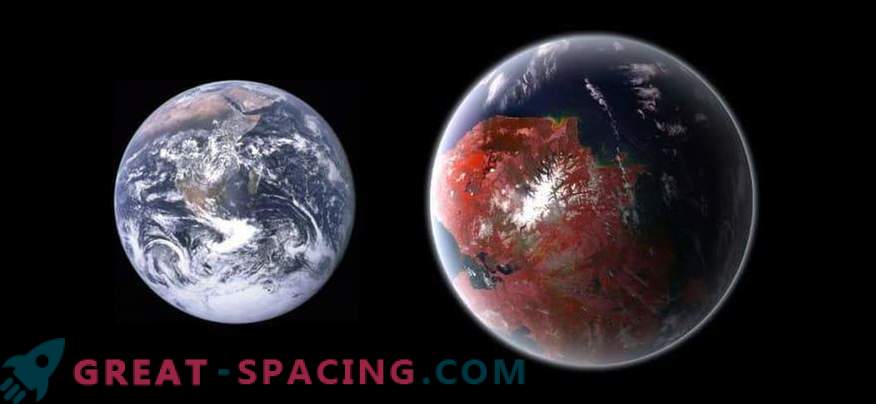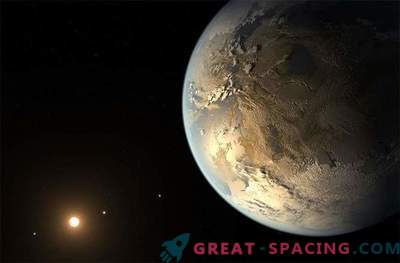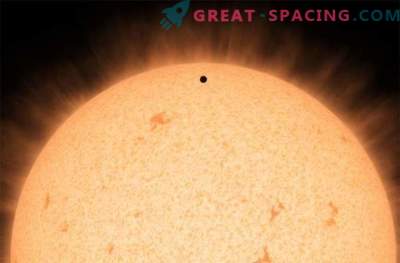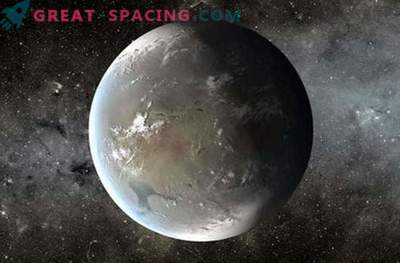
Artistic representation of exoplanets Kepler-296 e
On the territory of the constellation Lyra you can find an interesting star Kepler-296. This is a red dwarf distant from our Sun for 1089 light years. It draws attention due to the rich planetary system, where the planet Kepler-296 e is predisposed to life.
The planet was first discovered using the Kepler space telescope in 2014. Initially, it was considered a candidate for exoplanets, but later with a probability of 99% its nature was confirmed. Officially, the opening was announced on February 2, 2014. For the search they used the transit method (the world passes in front of the planet, reducing its usual brightness level with a certain periodicity).
Kepler-296 e belongs to the planets of the Earth type. It is 1.75 times the earth's radius, and it takes 34 days to rotate along the orbital path around its native star. It is located in the zone of habitability of the red dwarf, receiving from it 1.41 times more energy than the Earth from the Sun.

Comparison of Earth and Exoplanet Kepler-296 e
Its Earth-like index is 0.85 (maximum is 1). In addition, it is at a reasonable distance from the red dwarf Kepler-296 to keep the water on its surface in a liquid state. It is believed that the world is in third place in the likeness to our planet, yielding on the index Kepler-438 b and Proxima Centauri b.
I am also pleased with the average temperature index of -6 ° C, because the earthly forms of life can survive at a much lower temperature. We are not able to send a spacecraft to the exoplanet, because it is far away. But with the launch of the James Webb Space Telescope, you can do a detailed study of the life potential of Kepler-296 e.























